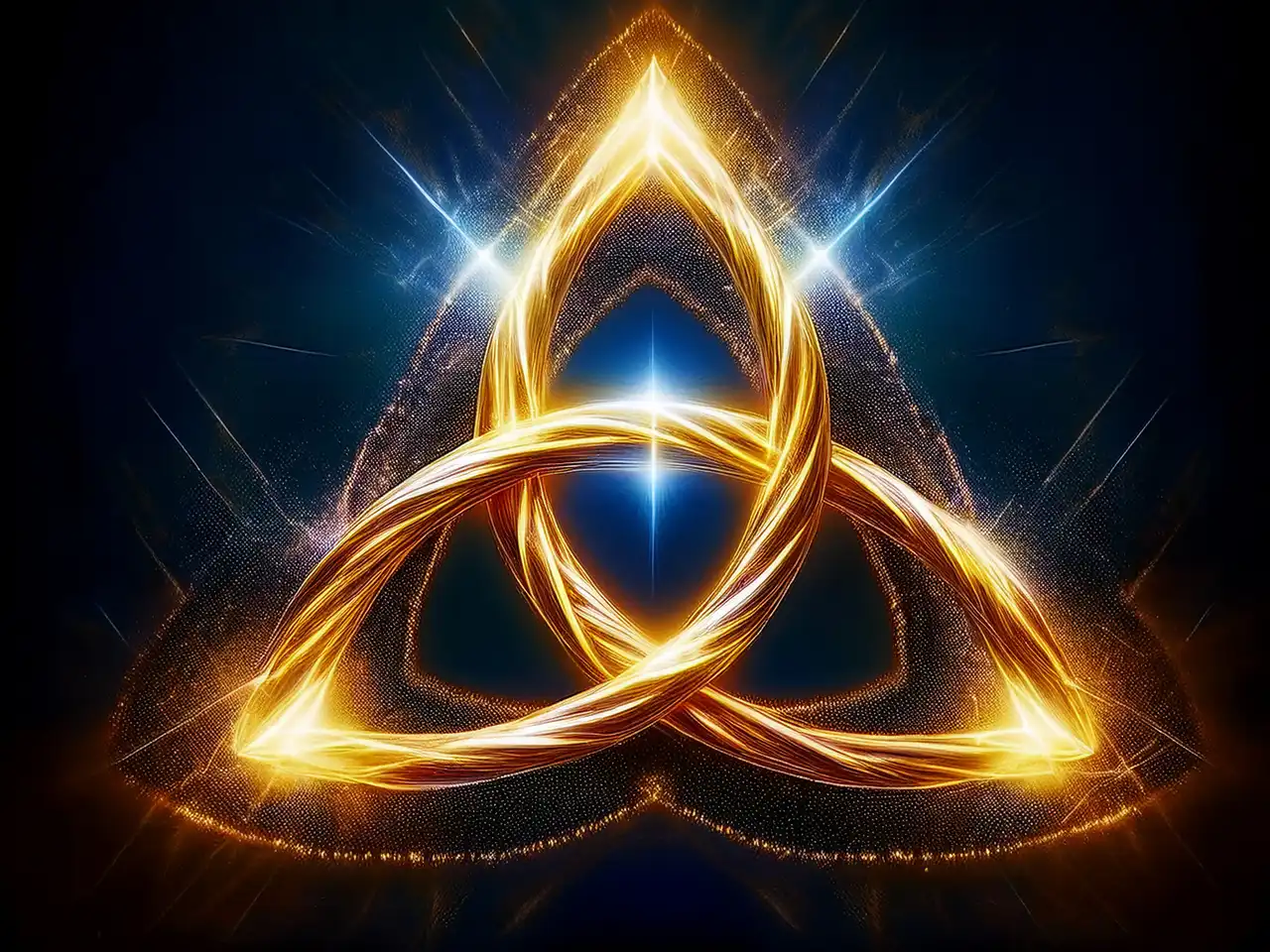July – Trinity
 The Trinity Knot, representing The Father, The Son and The Holy Spirit.
The Trinity Knot, representing The Father, The Son and The Holy Spirit.
This month the Church has entered the season of Trinity as we enjoy the summer and the beginning of the school holidays. Following the festivals of Christmas, Easter and Pentecost we have moved once again into ordinary time.
The Trinitarian aspect of God is a very interesting concept, which is equally fascinating and hard to grasp. It is one of the key doctrines, or taught principles of the Christian faith. In essence it is believed that God, though a single infinite entity, existing in eternity is expressed in three co-equal, distinct ways or Persons who are infinitely all one nature. Each of them is God, but they are known and have a distinct role in God’s work in the world.
It took some wrangling – of trying to work out how to even define the idea throughout the third century, before it was finally adopted after years of debate in the First Council of Constantinople in 381AD.
There have been many simplistic ways to try to explain the concept of a Trinitarian God. St Patrick used a shamrock to try to explain that the three parts are the same leaf, although separately three areas of the leaf.
Water, H20, becomes solid when it freezes and becomes vapour when heated to boiling point, but remains made of the same elements.
Finally, perhaps we think of ourselves as a being with three aspects – body, mind and spirit. Clearly, we are more than just a bag of water and an assortment of chemicals! Our minds are the seat of consciousness, emotions, thoughts and a sense of self, but the human spirit is a complex concept that refers to the part of a person often associated with their character, feelings and the capacity for things like courage, love and creativity. It also has the ability to be involved with a higher power or with a sense of meaning and purpose in life. I rather think a person’s spirit is the essence of who they are.
These are complex and difficult concepts, but at the heart of the doctrine is the struggle of finite creatures – us! – trying to make sense of a mysterious higher power who has created everything we know, who has come to us in human form, sharing our lives and struggles and the force which was a co-worker in creation and maintains the physical world as well as the relationship we have with God.
After that lot, you could be forgiven for needing a lie down in a darkened room! However, may July be a time to do just that and reflect on the amazing and mysterious God who comes to us as an ordinary man – Jesus of Nazareth – and may the Spirit of God bless your contemplations.
Revd Susan

